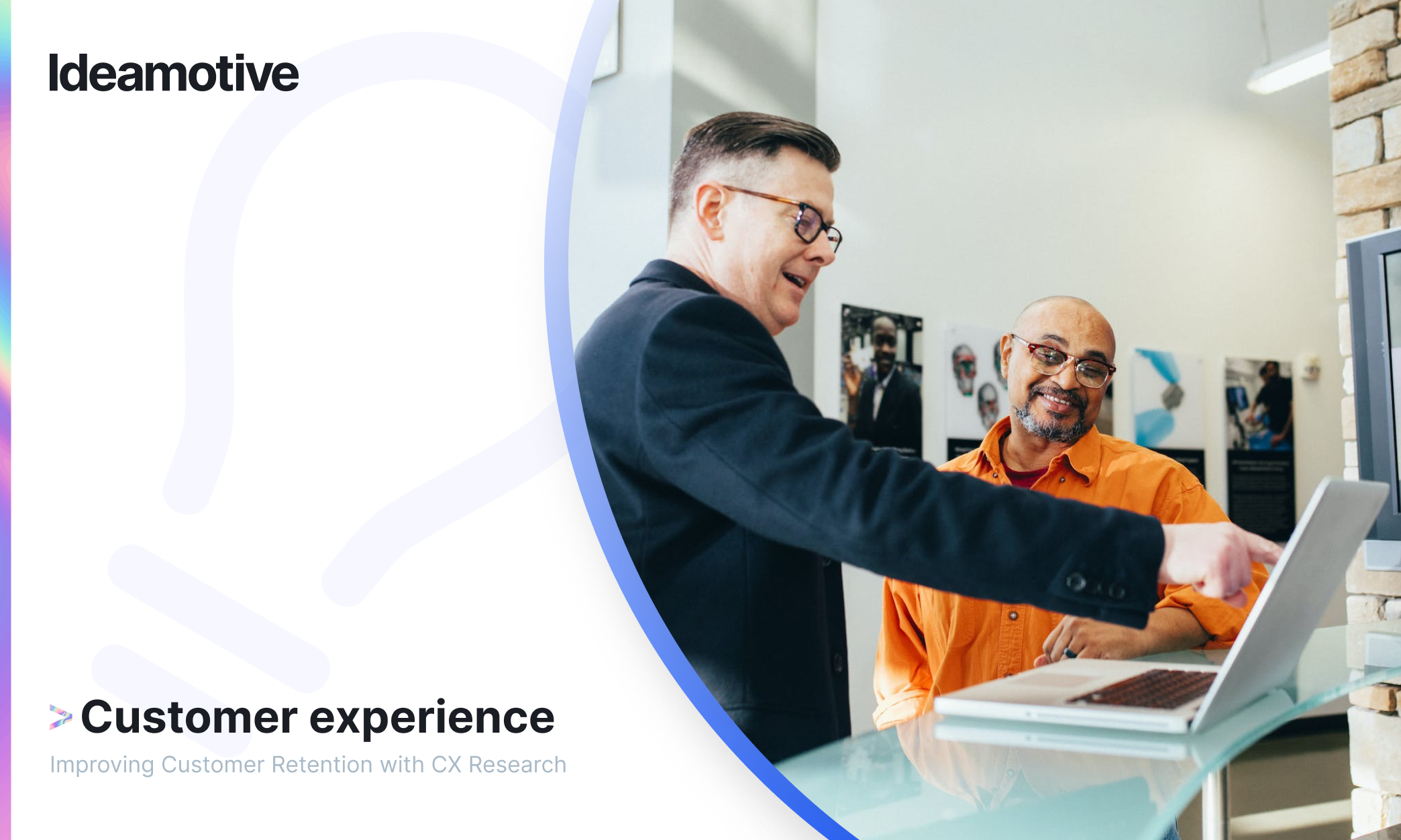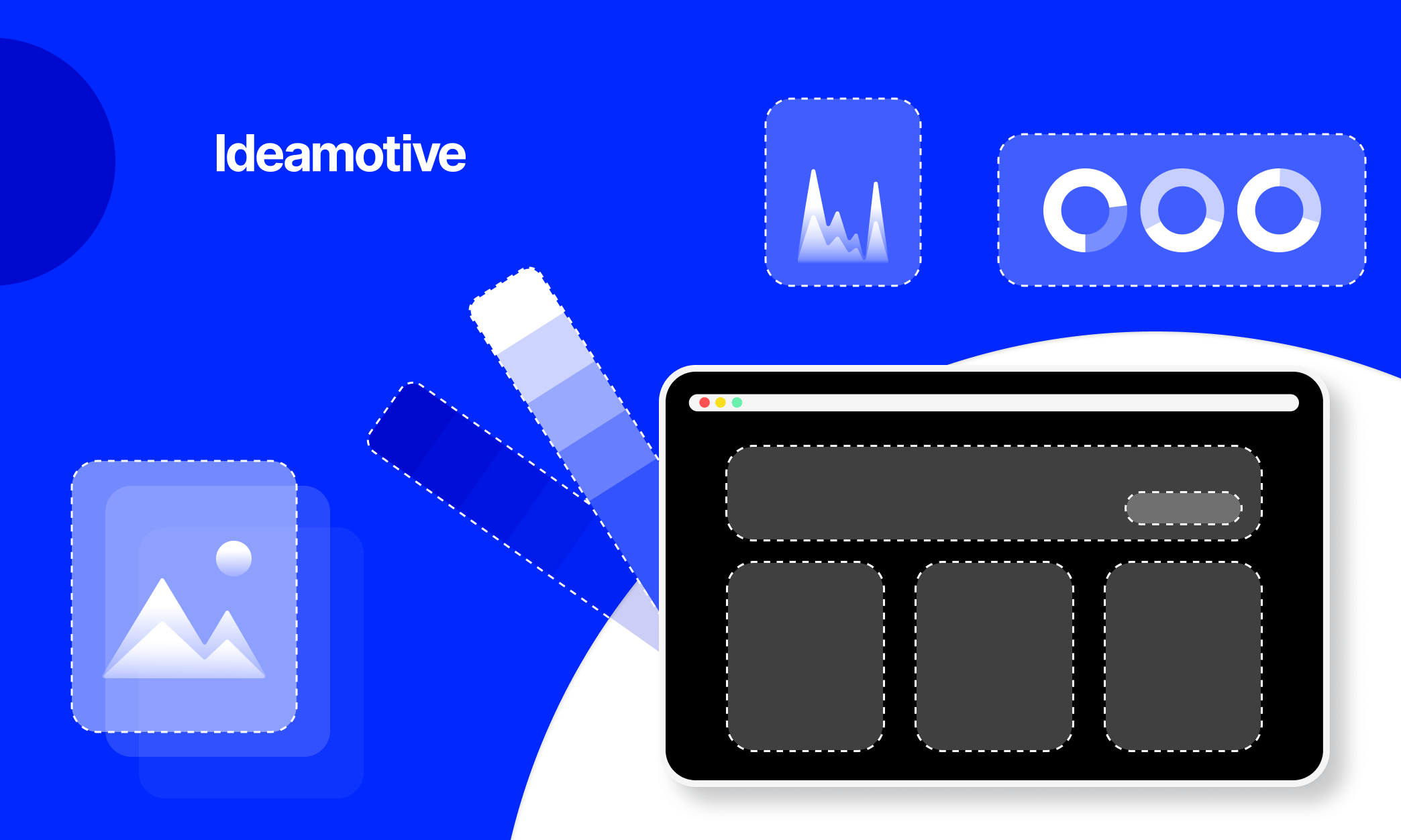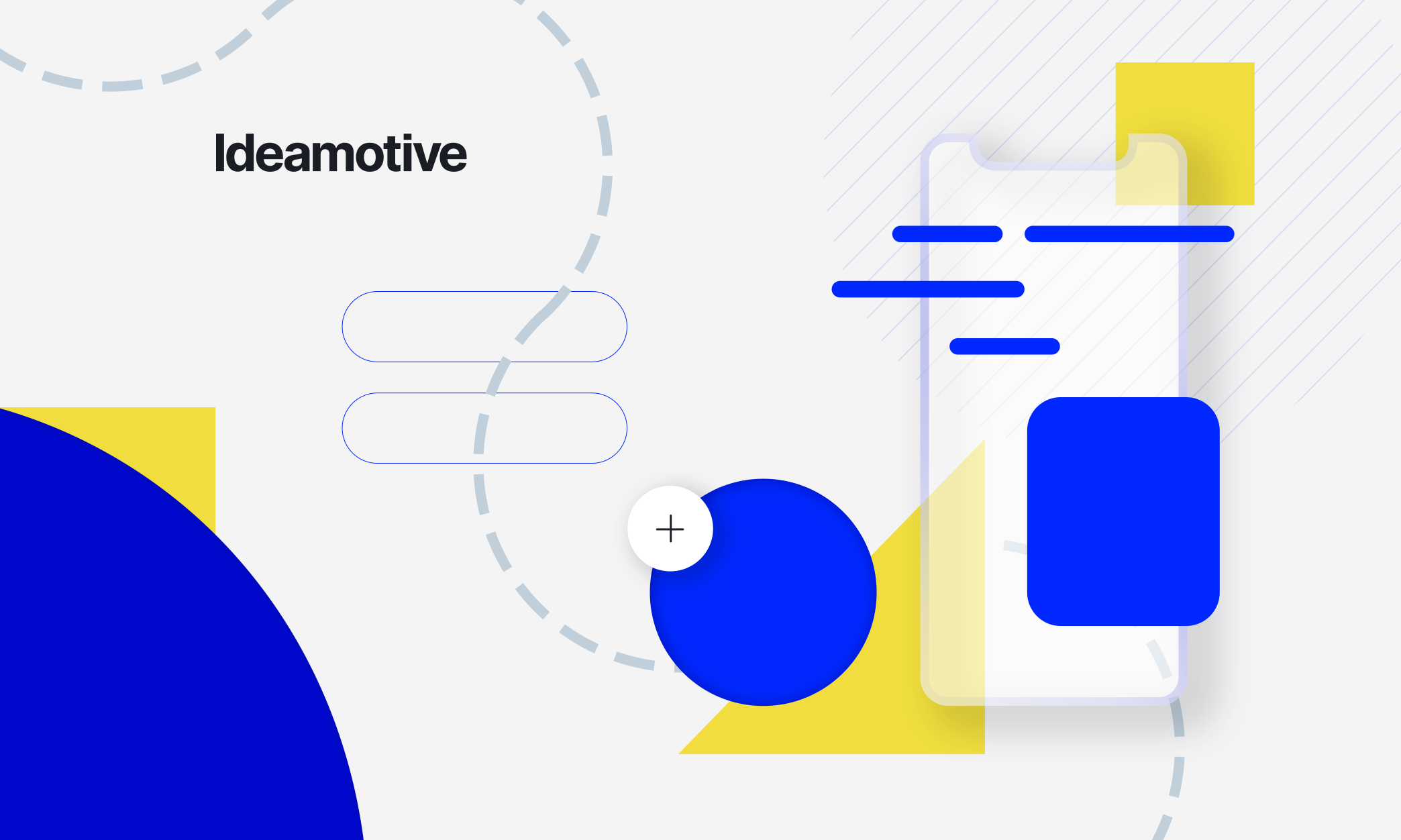Hire Product Designers And Design Consultants
Matched with your industry, project and company culture.
Our rating on
Delivering exceptional product design talent swiftly and smoothly.
Diverse Source Of Talent
- Talent Network of vetted Product Design freelancers
- Top software companies from the CEE region
- Ideamotive's core Product Design team
Streamline Hiring Process
- Only pre-vetted talent and trusted partners
- Experts matched with your industry, company culture and project type.
- Shortlist of talent under 24 hours.
Ultimate Business Support
- Your dedicated Talent Specialist
- Payments, insurance, legal and admin taken care of and united under one invoice per month
- Talent management and performance reporting during whole collaboration
Startups, scale-ups and enterprises build their teams with Ideamotive
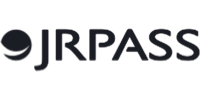
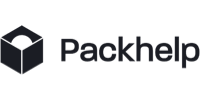
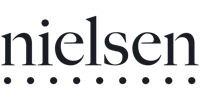
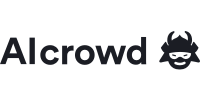
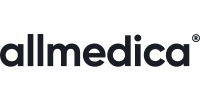
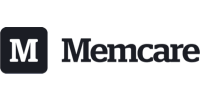
How to hire product designers with Ideamotive?
Tell us about your business requirements
Talk to our advisor about your exact needs, product specifics, and team dynamics. The more we know at this step, the better the future match will be.
Get the shortlist of talent under 24 hours
Based on the interview, we will shortlist Product Designers best suited for your needs.
Hire and onboard with a money-back guarantee
We will onboard the talent and take care of all payments, insurance, reporting, and other dull processes. There is also a 7 days money-back guarantee after the project's kick-off.
We’ve been extremely satisfied. We work with multiple partners, but they’re our main supplier because of the quality of their work.

Håkon Årøen
Co-founder & CTO of Memcare
Ideamotive has a huge pool of talent. Don’t just settle for someone: find a person who understands your project and has the competencies you need.

Julian Peterson
President, Luminate Enterprises
They understand and navigate the industry to deliver an outcome that will truly stand out. Despite a heavily saturated market, they’ve delivered creative solutions that I haven’t seen before.
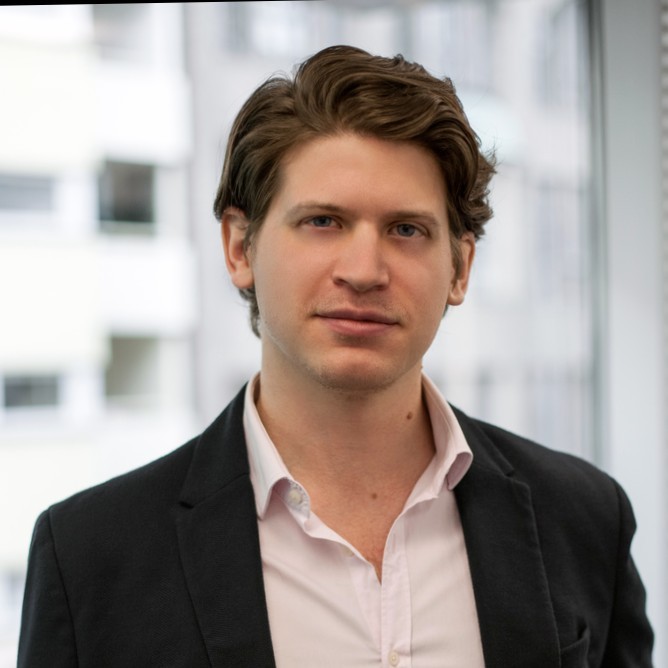
Adam Casole-Buchanan
President, Rierra INC
They are very flexible, providing a team of developers on short notice and scaling the size as needed. Their team meets tight deadlines, including some that only give them a few hours to do the work.
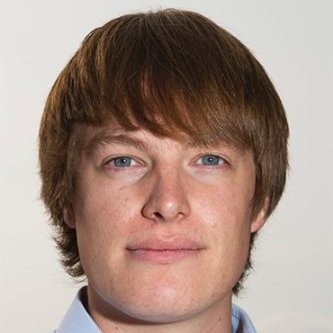
Sylvain Bernard
Event Manager, Swiss Federal Institute of Technology Lausanne
Our Product Design Success Stories
Bonacea: designing UI/UX for a medical IoT startup
How we created a complete UX flow and working prototype for the diagnostic medical app available on various devices - from smartwatches to full HD smart TVs
FITNETE: creating designs, user flow and animations for a fitness mobile app
How we created over 200+ animations in 6 weeks and developed an outstanding UX design and user flow.

Fasadio: building an MVP for a digital marketplace for architects on a tight deadline
Adam Casole-Buchanan, President, Rierra INC
Close
Fasadio: How we defined and described business processes, translated them into UX/UI design, and build an MVP in two months?
How we defined and described business processes, translated them into UX/UI design, developed a working MVP, and set the product for scaling from day one in two months?
LUMA: building a cross-platform mobile app with React Native for visualization of blood results
How we created a diagnostic mobile app for scanning blood test results with QR codes from IoT medical devices with visualization of results and data management.

They’re really good. They’re super responsive, which I really love. The communication was always great and it was super easy to understand them from a project perspective and to be able to share what we wanted.
Alexandra Ponomarenko, Product Manager, Luma
Close
Work With Our Talented Product Designers
Be user-friendly
Become a brand that answers the needs of customers. The main task of a Product Designer is to create a visionary product that is user-centric, easy-to-use, and eye-catching from the first interaction.
Keep branding consistent
Align your main product with your social media and other marketing materials. With the help of a Product Designer, you can establish a look & feel that will be instantly linked by customers with your company.
Increase conversion
Build a user journey that sells. An experienced Product Designer can plan your product in a way it makes an impression on the customer from the start and encourages them to follow the path you want them to take.
Analyze your customer
Understand the full scope of your customers’ needs. Product Designers run extensive tests of users, with automated A/B tests and heat map analysis included, and their results can be useful for people across the company.
Before You Hire... What Set Of Skills Should Good Product Designer Have?
Who is a Product Designer? It’s a person responsible for designing a digital product in a way it’s easy to use by the target user and matches their requirements. Depending on the company the Product Designer is hired at, their responsibilities may differ to some extent. However, most often their job covers…
- Planning the perfect user journey.
- Gathering user feedback using a variety of methods (e.g. heat maps)
- Analyzing the target user group from the design perspective.
- Running A/B tests.
- Sketching concepts of the product.
- Building mockups and wireframes.
- Building prototypes and testing them.
- Working with developers to align on the requirements of both sides.
- Making sure the design of the product and relevant marketing materials are consistent.
- Maintaining documentation on the product’s design.
But how to find the best Product Designers who will guarantee great results for your business? We answer this question below by delivering the ultimate guide to assessing the skills of Product Designers.
Types of Product Designers
Product Designer is a broad term that is often used synonymously with other names. However, there are actual differences between different types of Product Designers. They very often depend on what the company they are working at exactly needs from them. Some of the most popular types of Product Designers are…
- UX Designers
Just like Product Designer, UX Designer is another generalist term used broadly in today’s IT world. It describes a person who works on building the best experience for the user, making the product as easily understandable and user-friendly as possible. When compared to a Product Designer, UX Designer is often said to be focused more on the actual user, while Product Designer has to take into account the perspective of business needs. If both Product Designer and UX Designer are present in a team, most often the first one is the decision-maker while the latter prepares design pitches. - UI Designers
People responsible for the user interface of a product, most likely a web or mobile app. They are responsible for all the small details of the product, such as how the buttons look, where are they placed, and what clicking them actually does. - Information Architects
Information Architects s are responsible for designing the navigation of the site. They start their work before UX Designers, building wireframes and simple mockups. The main questions that each Information Architect asks themselves during work are: What the user sees first? Where to put content? How to keep the product clean and simple while still including all the information needed? - UX Strategist
The most research-focused role in this group. Instead of designing the product by themselves, UX Strategists most often guide other designers, and even whole companies, on how to make their approach more user-centric and user-friendly. They take Product Design concepts and make them work on a bigger scale.
Some other names describing a type of Product Designer are Experience Designer, Interaction Designer, and Experience Architect.
What hard skills should a Product Designer possess?
Best Product Designers possess a set of specific hard skills that allows them to fulfill their responsibilities and deliver a great, user-centered product. Their technical knowledge should cover…
- User-centered planning
To plan the product according to the market requirements, best Product Designers use tools such as journey maps, personas, and empathy maps. These concepts allow to visualize the needs and goals of a user related to the product as well as obstacles standing in the way of using this product effectively. - Wireframes
Basic mock-ups explaining the architecture of the digital product — where each piece of the content should exactly appear. They are done to discuss the user experience in a wider group of people, e.g. among a few different designers. Some of the most popular tools used for creating wireframes are Axure, Balsamiq, MockFlow, and Wireframe.cc. - Prototypes
Built after the mock-up has been approved. While the most sophisticated prototypes, called also high-fidelity prototypes, are often fully interactive and pretty much resemble the final product, quicker and simpler prototypes are also common. They can even appear as quick sketches on a piece of paper. The key is to keep these prototypes as non-vague as possible, so the Product Designer can present their idea clearly and with no misunderstandings. Relevant software includes tools like Adobe XD, Framer, Axure, and Origami Studio. - User analytics
Understanding the customer is crucial for a Product Designer. This understanding can be achieved by analyzing both their general needs and requirements related to the product built, as well as how the user behaves when confronted with the product. User analytics done by the best Product Designers most often include automated A/B tests (e.g. with tools like Crazy Egg or Hello Bar), heat maps reviews (e.g. using Hotjar), as well as manual tests. - Basics of developer-related knowledge
As Product Designers usually have to work closely with developers, some knowledge about the more technical side of the product development is also important. This could include basic proficiency in the programming languages and frameworks used, understanding of differences between front-end and back-end, and understanding of developer jargon. The aim is to be able to recognize the limitations of the technology, so the product can be designed with these limitations in mind.
Most important Product Designer soft skills
But for a person whose job is focused on the user, technical skills are not enough to deliver great results. Soft skills are equally important — and we list the most important ones below.
- Great communication skills - being able to explain their own ideas well to other people working on the project.
- Curiosity - to always look for alternative paths and innovate.
- User empathy - to be able to look at the product from a perspective of non-designer.
- Business mind - to build products that convert and deliver planned results.
What’s the ideal background of a Product Designer?
The most common educational background for Product Designers is one of the graphic design-related majors. These are named differently depending on the university, but most commonly they appear on the resume as a degree in Visual Communication, Digital Media, or simply Graphic Design itself.
There are, however, some great Product Designer who previously worked as front-end developers or even project managers, but finally found themselves following the creative path. And yes, there are also some incredibly talented self-taught designers! So, how to find the right choice from the crowd of potential candidates?
Assessing a Product Designer’s portfolio
A portfolio is key to making your final choice. Product Designers know it and they will often swarm you with different types of portfolios, from Behance profiles to PowerPoints covering some case studies. Review each available option closely and look for more resources by yourself — check your candidate’s LinkedIn profile, for example. You might find projects that your candidate hasn’t shared in their portfolio.
But how to, finally, assess the designs of your candidates?
First, don’t be afraid of your subjective take. If you don’t like the works of one of the designers, your cooperation probably won’t end well.
Secondly, ask for a review by another designer. A professional opinion like this is always more objective.
Finally, however, you should also consider…
The importance of a company fit
There are three areas that should be of interest when it comes to assessing the company fit.
- Product fit
Are you looking for Product Designers for mobile or web? What features are you planning to implement? What is the scale of your project?
Take all these things into consideration and look at your candidate’s portfolio. Do you see a match between what you need and what they have worked on? If so, you’re on a good track. - Industry fit
Hiring a Product Designer with previous experience in your industry means hiring a person who already has the needed knowledge of your customer group. This will allow to significantly cut the time needed for initial research. - Company culture fit
Consider the values you base your business on. What’s your management style? How agile are your teams? Is the environment at the company more like a startup or an enterprise? Do you strive for diversity and inclusivity?
Look for Product Designers who share the same values as you and your company. This won’t only allow your new designer to easily blend in but will also improve the cooperation between them and other people in the office.
Turning great designs into great products
An experienced Product Designer is only a part of the team that can bring your business success. To deliver a great product, you also need professional developers, IT project managers, Product Owners, and data scientists.
Whatever type of talent you need, we can help you hire them fast. At Ideamotive, we run an industry-leading network of top IT professionals in search of new career opportunities. To deliver the best results, we connect you only with the experts that truly fit your company, product, and any other requirement you might have.
Reach out to us today and start building a great product with top IT talents on board.
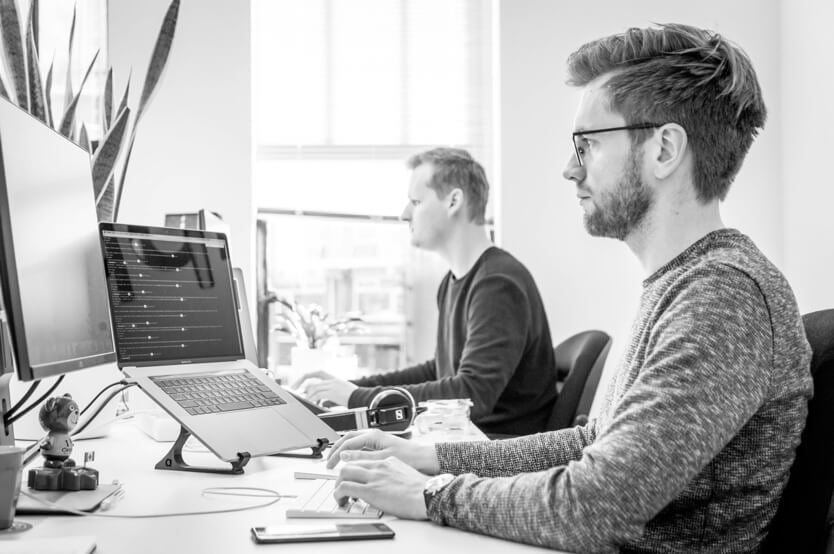
Execute your vision with trusted and battle-tested product designers perfectly suited to your business needs.
